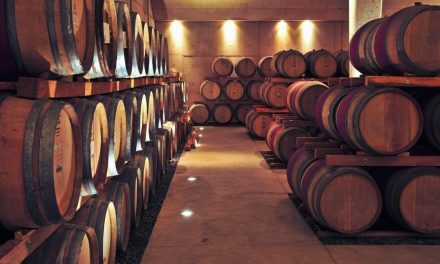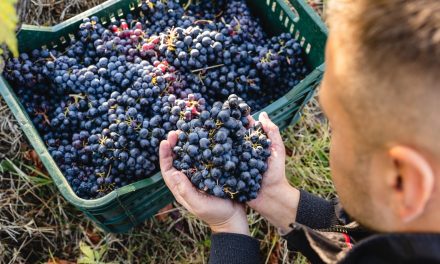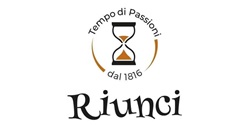AVERAGE HECTARE WORTH 4 TIMES AGRICULTURAL LANDS. HILL AND MOUNTAIN VINEYARDS ACCOUNT FOR 51% OF TOTAL VINEYARD AREA
VERONA – The Italian vineyard is worth 56.5 billion euros, with an equivalent value of 84,000 euros per hectare, four times higher than the average value of agricultural land. This is revealed by the analysis of the Uiv-Vinitaly Observatory, which surveyed the values of the 674,000 hectares of national vineyards from North to South of the Peninsula, generating an economy of over 30 billion euros per year and representing one of the most profitable investments in land assets. The market is experiencing a boom in transactions, driven mainly by funds and family offices interested in regions with a strong winemaking vocation and consequently higher value, such as Alto Adige, Trentino, Veneto, Tuscany, and Piedmont. The highest values for Italian vineyards – sometimes over one million euros per hectare – are found in the province of Bolzano, in the areas of Barolo and Barbaresco, on the hills of Conegliano and Valdobbiadene, and in Montalcino. Values range from 300,000 to 500,000 euros per hectare for the production areas of Trento Doc, Valpolicella, Bolgheri, and Franciacorta. Slightly lower estimates for the areas of Prosecco Doc, Lugana, Chianti Classico, and Montepulciano. In the last 15 years, according to data from Crea, the majority of appellations have increased their peak values: from Montalcino (+63%) to Valdobbiadene (+16%), from areas in Bolzano like Caldaro (+75%) or Canelli in Asti (+58%) to Collio (+50%), Etna (+57%), and the mountain vineyards of Valle d’Aosta (+114%). The high average value per hectare (due to the presence of large areas suitable for successful production, such as Prosecco, Valpolicella, Lugana, Pinot Grigio, Valdadige) combined with the extent of the vineyard (approximately 100,000 hectares) places Veneto at the top of the ranking of land values.
For the president of the Italian Wine Union (UIV), Lamberto Frescobaldi: “The Italian vineyard has now become a global brand, especially in its most suitable territories, and this is a strength that investors cannot ignore. We notice that the entry of international funds or wealthy families into the symbolic areas of Italian viticulture is primarily a matter of prestige, then certainly a safe haven or an element of asset diversification. But at the core, there is the awareness of investing in value in the most etymological sense of the term, rather than adhering to a short-medium term remunerative project with just the production value. In Italy, we are witnessing this – Frescobaldi concluded – and it is no coincidence that Bernard Arnault, president of the LVMH group, recently purchased Casa degli Atellani in Milan, including Leonardo’s vineyard.”
For the CEO of Veronafiere, Maurizio Danese: “Italian wine is a strategic asset for the country, and Vinitaly has reiterated this with a report produced by the Observatory in collaboration with Prometeia, with new figures showing a supply chain worth 31.5 billion euros a year. The sector, which boasts the best trade balance among all sectors of traditional Made in Italy, has a propensity for export twice that of agri-food, and this also has an impact on the land value of an increasingly global product, increasingly recognized as the flag of Italian style. It is no coincidence that CBRE, a global leader in real estate consulting, has reported the volume of investments in the tricolor vineyard growing in triple digits over the last two years.”
ITALIAN VINEYARDS, THE GUARDIANS OF THE LANDSCAPE
The social role of wine lands is also significant. According to the UIV-Vinitaly Observatory, viticulture in Italy has always been a bulwark for the protection of the landscape: despite the growth of viticulture in the plains, just over half of the national vineyards are located above 300 meters above sea level, with 42% in the hills (301-700 meters) and 9% in the mountains (above 700 meters). The mountains in some areas (Aosta Valley, Liguria) are the primary location for viticulture, with percentages above 60%, but they also reach considerable incidences (equal to or greater than 30%) in other regions, such as Campania, Basilicata, Calabria, Molise, and Piedmont. In total, there are 62 thousand hectares of vineyards in the mountains, a figure destined to grow in the future due to the rise in average temperatures.
Predominantly hillside viticulture (281 thousand total hectares) can be found in Abruzzo (96%), Umbria (89%), Marche (85%), and Tuscany (81%), in addition to the high hillside production in the provinces of Bolzano (86%) and Trento (40%). The prevalence of flatland viticulture can be found in Veneto, Emilia-Romagna, Puglia, Sicily, and Friuli Venezia Giulia.










